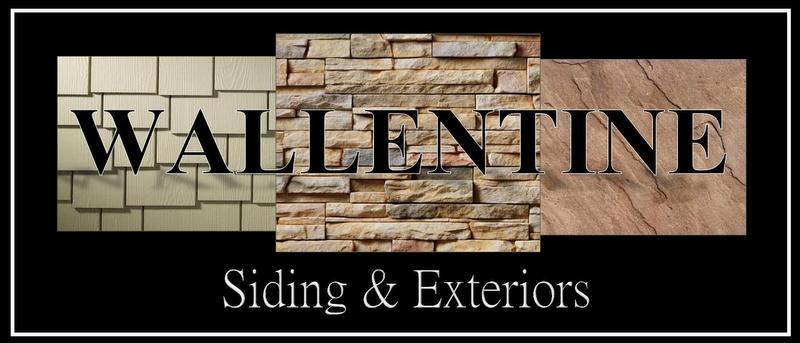When you are looking at weather proofing your home, you probably have heard of Tyvek home wrap in Lehi. You may even be wondering what it does and why a home even needs a weather barrier. After all, you have the walls, the exterior treatment—stucco, brick, siding—and the interior sheetrock. How much weather can get through all those layers? The answer is, a lot can. Air can move through all those layers, and so can moisture. To keep a home’s energy bill down, you need to control air movement. To keep mold from forming, you need a moisture barrier. Tyvek does both.
Tyvek Home Wrap in Lehi
Tyvek home wrap in Lehi is uniquely manufactured with miniscule perforations that function like one-way doors. They let moisture escape a home, but not enter it. This one-way passage is critical to letting water vapor from showering and cooking leave a home; if that vapor stays trapped inside a home, mold can grow. However, nobody wants rain and sleet entering a home, so the one-way door keeps that moisture out.
In addition to its function as a moisture barrier, Tyvek home wrap in Lehi also prevents air movement. If you want the air conditioned or heated air to stay inside your home rather than cooling or heating the neighborhood, you want Tyvek to help. The exterior cladding on a home—the stucco, brick, stone, or siding—doesn’t prevent air movement. Neither does the plywood or sheetrock. And other weather barriers can’t do it as well as Tyvek does.
One of the biggest factors to know about Tyvek, however, has nothing to do with the test results showing how effective it is. The key to having Tyvek work is knowing how to install it so the overlapping edges facilitate water channeling where it won’t go behind walls or inside window casings. Take the time to learn about Tyvek so your home can have the best protection possible.

Recent Comments